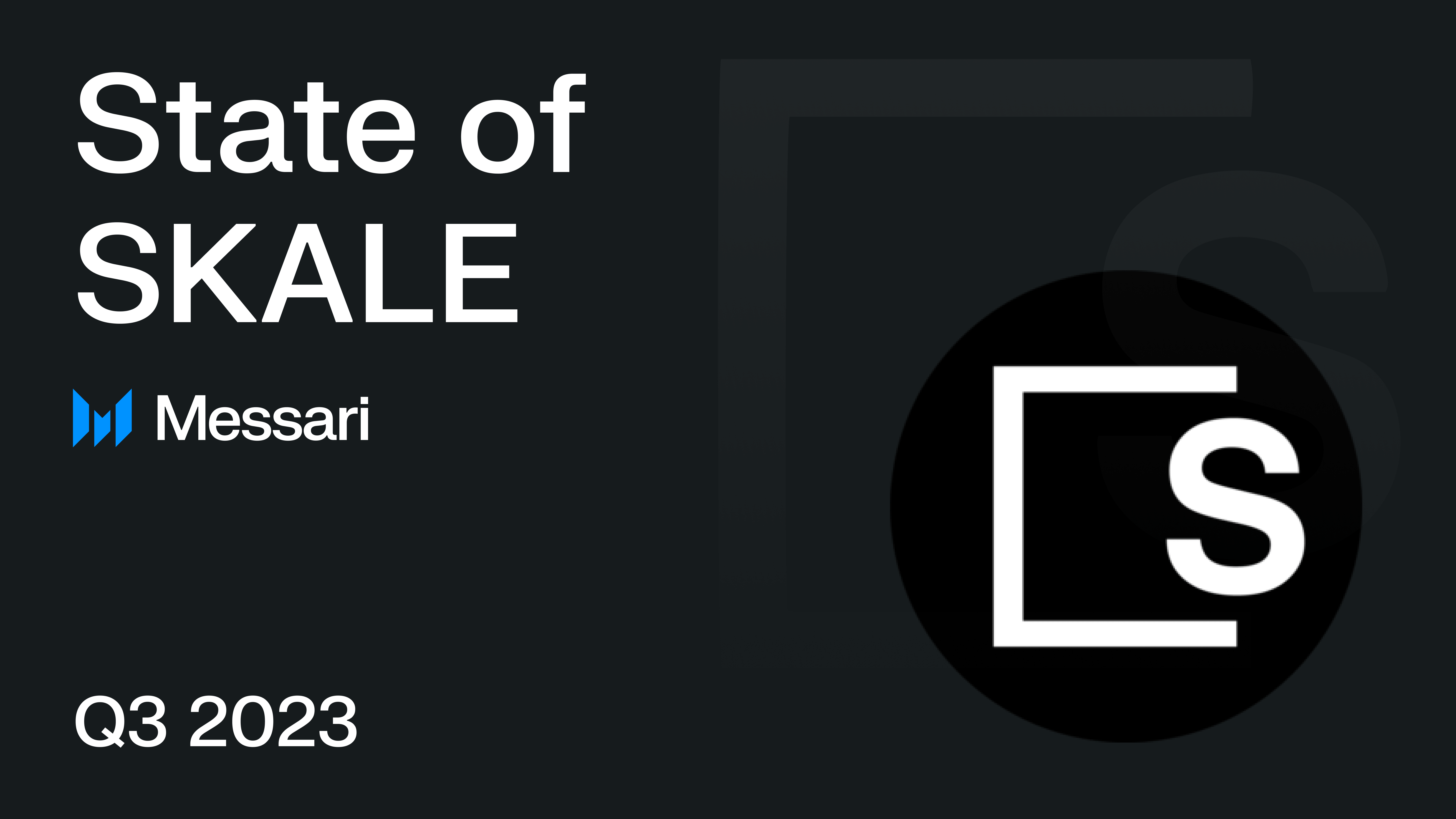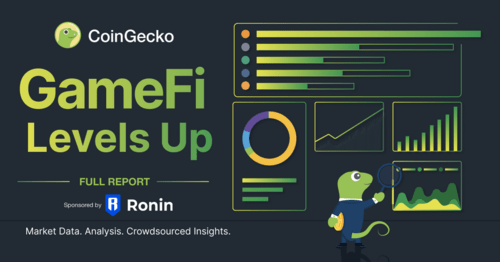Research Summary
The report provides a comprehensive analysis of SKALE, a Layer-1 sidechain framework with pooled security. It highlights SKALE’s significant growth in Q3, driven by increased usage on existing chains, particularly Web3 protocol Exorde, gaming hub Nebula, and NFT hub Calypso. The report also discusses SKALE’s unique revenue model, which charges developers subscription fees to create a new SKALE chain, and its upcoming governance proposal to begin enacting chain pricing.
Key Takeaways
SKALE’s Significant Growth in Q3
- Increased Usage: SKALE’s average daily transactions grew by 241% QoQ to 719,000 in Q3, driven by increased usage on existing chains. Web3 protocol Exorde saw a 932% QoQ increase to 483,700 average daily transactions.
- Gaming and NFT Hubs: NFT hub Calypso and gaming hub Nebula also saw significant growth. Calypso’s average daily active addresses grew 20,500% QoQ to 20,000, largely due to the platform game Untitled Platformer. Nebula’s average daily new addresses increased 22,900% QoQ to 5,300, driven by the Play-to-Earn cricket game CricketFly and several other Q3 game launches.
SKALE’s Unique Revenue Model
- Subscription Fees: Unlike other protocols that charge end users gas fees, SKALE generates revenue by charging developers subscription fees to create a new SKALE chain. This fee is distributed to validators.
- Upcoming Governance Proposal: A governance proposal was posted on September 28 to begin enacting chain pricing. If it passes, SKALE will transition out of its loss leadership phase and charge developers $3,200-$4,100 in SKL per SKALE chain per month.
SKALE’s Upcoming Milestone Updates
- Chain Pricing: If the governance proposal passes, SKALE will transition to a phase where it charges developers for creating a new SKALE chain. This is expected to increase the fees distributed to validators and offset inflationary pressure.
- Levitation Protocol: The Levitation protocol, planned to launch in Q4, will enable individual SKALE chains to become Ethereum zk-rollups, further scaling capabilities and introducing a different revenue model with gas fees.
SKALE’s Ecosystem Momentum
- Impressive Growth: SKALE’s ecosystem has gained momentum, with total average daily transactions growing 241% QoQ to 719,000. This growth was largely driven by increased usage on existing chains.
- Growth Initiatives: SKALE Labs recently launched the SKALE Ecosystem Accelerator Program (SEA Program) to help applications grow by leveraging infrastructure and content creator partnerships.
SKALE’s Financial Analysis
- Market Cap: From August 15-18, SKL’s market cap fell 22%. QoQ the drop was less severe, decreasing 11% to $104 million. SKL’s market cap rank dropped from 173 to 181 QoQ.
- Token Use Cases: The $SKL token has three primary use cases: SKALE chain subscription fees, network security (via validator staking), and governance.
Actionable Insights
- Investigate the Potential of SKALE’s Growth: With SKALE’s significant growth in Q3, it may be worth exploring the factors contributing to this growth, such as increased usage on existing chains and the popularity of gaming and NFT hubs.
- Consider the Implications of SKALE’s Unique Revenue Model: SKALE’s unique approach to generating revenue through developer subscription fees rather than end-user gas fees could have implications for its financial sustainability and growth potential.
- Monitor SKALE’s Upcoming Milestone Updates: The upcoming governance proposal and the launch of the Levitation protocol could significantly impact SKALE’s operations and revenue model. Keeping an eye on these developments could provide valuable insights.
- Assess the Impact of SKALE’s Ecosystem Momentum: The momentum in SKALE’s ecosystem, as evidenced by its impressive growth and the launch of the SEA Program, could have a significant impact on its future prospects.
- Examine SKALE’s Financial Performance: The recent drop in SKL’s market cap and its ranking could provide insights into its financial performance and market perception.



